The philosopher Alain de Botton describes plastic as the most “uncompromising and contemporary of materials.”
It might seem strange that such a contemporary material carries a nostalgic significance for me, stirring memories of my pre-adolescent childhood, when I showed some potential to be a competitive swimmer. A time, before I was steered away through self-consciousness and the lure of boys, I would train twice daily in a swimming pool under a vaulted shelter of poly-carbonate plastic. The smells of chlorine and chemicals and the condensation from steam rising and meeting the cool early morning air at the membrane of this plastic temple, provided a micro climate where we could swim, meditative and quiet, held womblike in the water. A space somewhat toxic but where potential was infinite.
It is not surprising therefore that Polycarbonate plastic is a contender for material of choice for the 5k extension.
The possibilities with plastic are infinite , as it is a material remarkable in its ability to be extruded, moulded, cast, or poured into anything – for example clothing fibers, packaging etc. Product designers bravely use it to make high-design objects. In construction and architecture however, it is most often associated with garage lean-tos, roof lights or walk ways.
The Irish architecture firm Architecture Republic elevated the industrial use of the material in The Plastic House
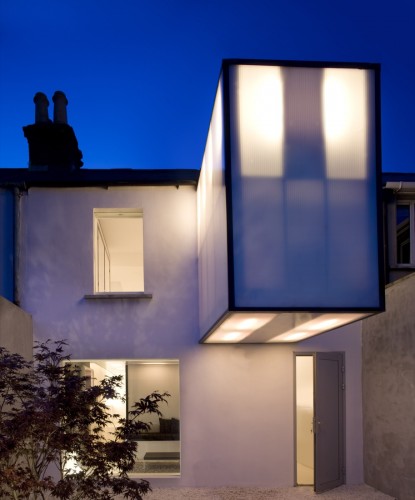
All photos of Plastic House, Architecture Republic by Paul Tierney
In this renovation project a small Dublin house is excavated and a space is created. Inserted into the space is the polycarbonate and steel cruciform living space. This innovative project fits seamlessly into the Dublin streetscape.
I am neither an architect nor an engineer but my investigations into using polycarbonate sheeting as a vertical wall option show that it can be a viable option for our project:
 The 25mm multiwall sheet is lightweight, with a high stiffness to weight ratio, translucent, durable and damage resistant. It is up to 200 times stronger than glass fire resistant and self extinguishing.
The 25mm multiwall sheet is lightweight, with a high stiffness to weight ratio, translucent, durable and damage resistant. It is up to 200 times stronger than glass fire resistant and self extinguishing.
Cost effective: 1/3 to 1/2 less than the cost of insulated glass. A 7m by 2.1m 25mm sheet is available in the Republic of Ireland for €335.00. Because the sheets are so long (up to 13 m) they can run ridge to eave in one continuous piece, thereby saving on structural materials and installation time. In terms of energy saving , the R-Values of the 25mm multi-wall polycarbonate are as high as 3.78, with better insulating properties than triple-glazed or argon filled high performance double-glazed insulated glass.
While being seduced by my emotional and memory response as well as the exciting thought of a glowing light filled box in my garden, I do need to think about the tremendous negative impact plastic might have on the environment and on our health.
In the interest of ‘sustainability’, recycling of plastic has become much more efficient. As well as this, levels of toxicity in plastics are being addressed by manufacturers. However the production of plastic still requires huge resources and is polluting; the potential health risks are still not fully understood, and; the indefinite and (mostly) non-biodegradable qualities of plastic ensure that, as a material, it is effectively immune to meaningful decay. All of this opens a much larger debate on ‘sustainability‘ and whether the use of a petrochemical generated material can be considered “sustainable” by virtue of the fact it is recycled?
These questions need robust answers going forward, Plastic is like the adolescent in the world of material- malleable, brash, still in the process of developing and being refined. It does not command our trust, like wood and stone or even concrete which has been allowed to develop since Ancient Roman times. Like an adolescent plastic lurks about on building sites in damp-proof membranes, rawl plugs and PVA’s. Giving the material exposure and pushing architectural boundaries as seen in the examples on this page, will go a long way towards opening up the debate, assisting us make informed choices, and spurring manufacturers and regulatory bodies to further their investigations.
If we do decide to use this material on the 5k extension, I am sure our architects on the project will face regulatory and structural obstacles. This project is experimental, why not acknowledge the adolescent that is within us all and test some boundaries?
In the meantime relish in the brave and uncompromising use of plastic in the following images:
The structure pictured above is the Oribe Tea House Pavilion by Kengo Kuma. It is constructed of corrugated plastic sheets hollowed out to create a serene cocoon-like space within.
The Hojo-an after 800 Years Pavillion by Kengo Kuma
 Serpentine Pavilion by Alvaro Siza Panes of polycarbonate fill in the squares of the grid Solar panels in the center of each roof panel soak up power and are used to illuminate the pavilion at dusk
Serpentine Pavilion by Alvaro Siza Panes of polycarbonate fill in the squares of the grid Solar panels in the center of each roof panel soak up power and are used to illuminate the pavilion at dusk
 The Plastic House of Lodz, Poland designed by Moomoo Architects. It is clad in Thermoplan a plastic roofing material.
The Plastic House of Lodz, Poland designed by Moomoo Architects. It is clad in Thermoplan a plastic roofing material.
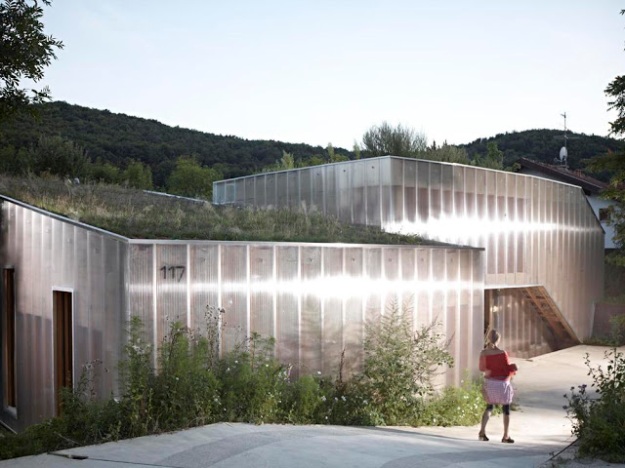
AL1 Architektinnen – Low energy housing, Wienerwald 2012. Via, photos (C) Clemens Franke.
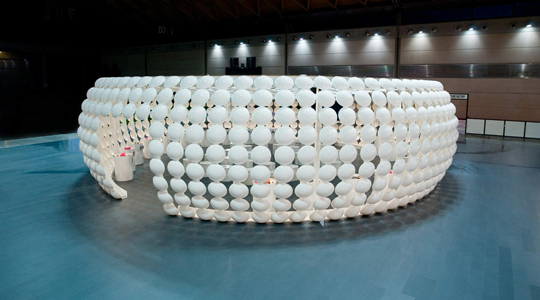 Plasticamente Pavilion by Riccardo Giovanetti. The 130 square meter structure is made from shiny, white, plastic disks and houses an exhibition for children about plastics and recycling.
Plasticamente Pavilion by Riccardo Giovanetti. The 130 square meter structure is made from shiny, white, plastic disks and houses an exhibition for children about plastics and recycling.
I have recently found out that even Bees Do It… Read this article on Motherboard about bees building nests with our recycled plastic.
Have you built with plastic? Are you thinking about it? Let us know your opinions and experiences..?
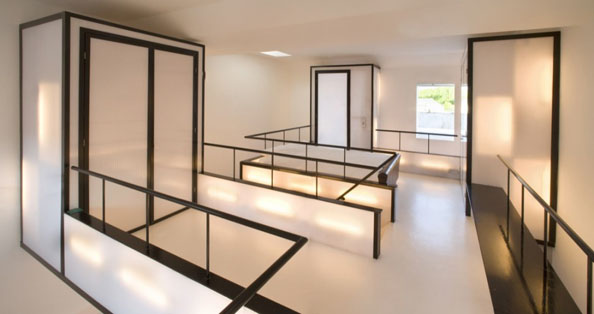

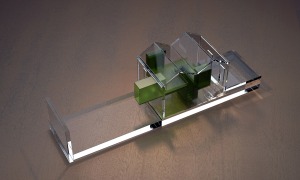


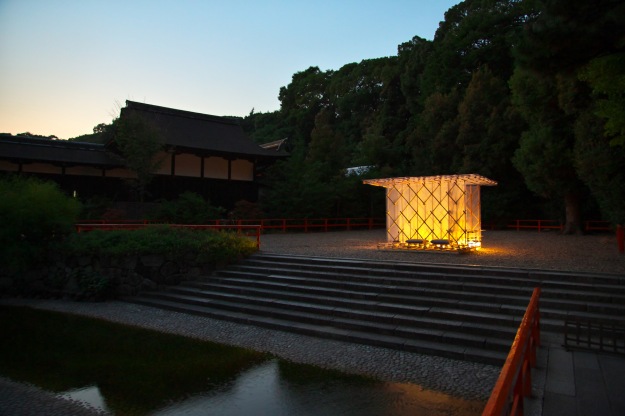
Wow – as an accountant…stop laughing.. I have always felt puzzled by the energy ineffeciency and general drab presentation of our 20th century housing. Plastic presents an amazing opportunity for a much more creative and inspiring streetscape. love the examples cited Natasha. A opportunity for Lego ?
Thanks for that Cormac, have a look at http://www.dailymail.co.uk/news/article-1214729/James-May-size-Lego-house-wants.html afull size house constructed out of lego. By the way you are welcome on the project in any shape way or form even though you are an accountant!
Hi there all, here every one is sharing such experience, so it’s pleasant to read this webpage, and I
used to go to see this weblog every day.